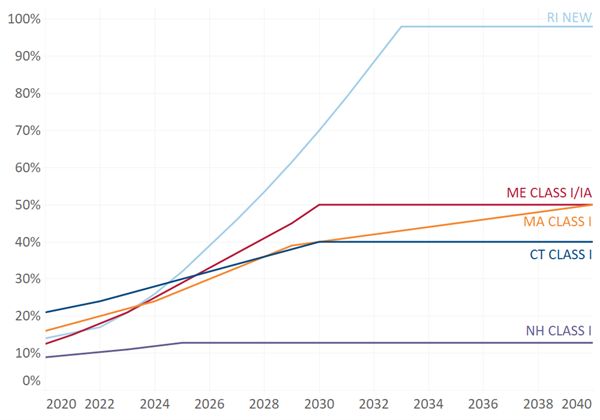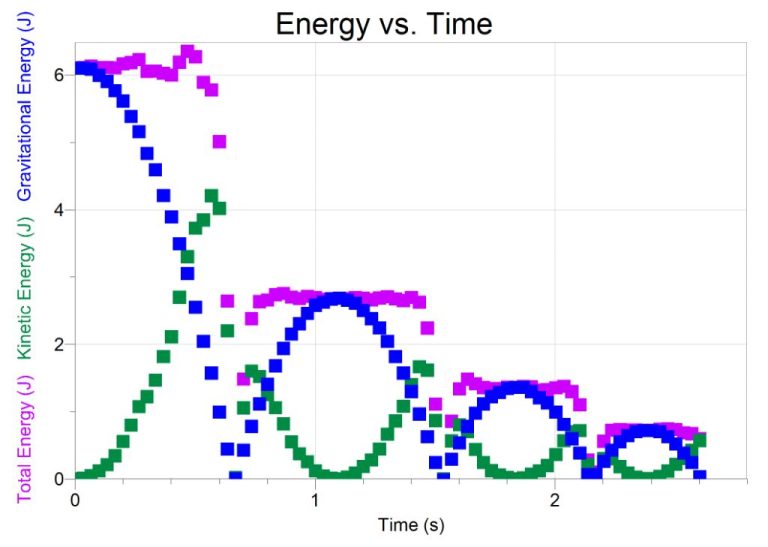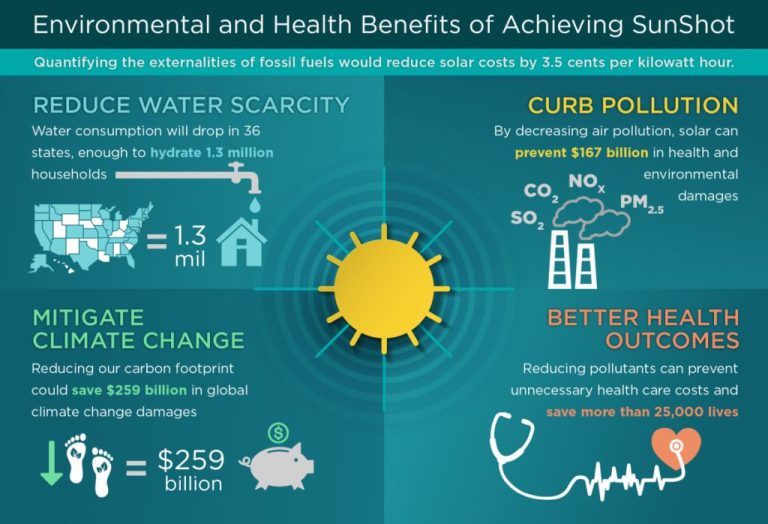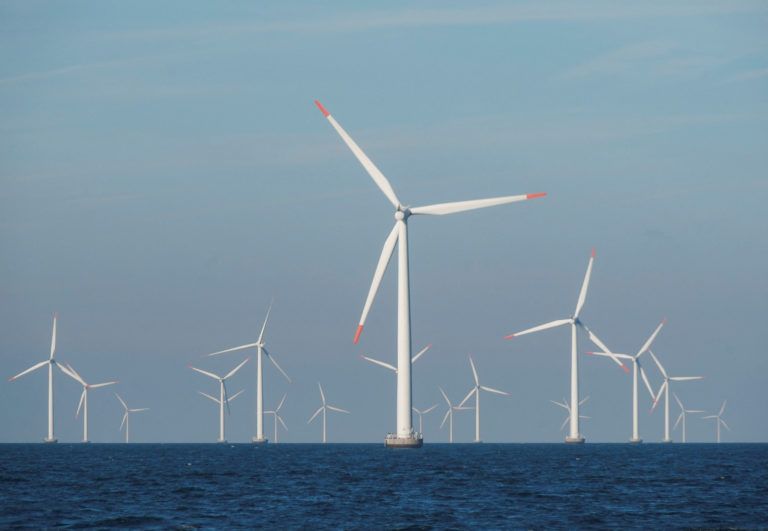Is Nuclear Energy A Fossil Fuel
What are fossil fuels?
Fossil fuels are hydrocarbon-containing materials such as coal, oil, and natural gas that are formed in the Earth’s crust from the remains of dead plants and animals over millions of years. The main fossil fuels are coal, petroleum (oil), and natural gas.
Coal is a solid fossil fuel formed from the remains of ancient vegetation that has been compacted and converted into rock over millions of years. It is classified as a sedimentary rock and is primarily composed of carbon. Coal is the largest source of energy for electricity generation in the world.
Petroleum, also known as crude oil, is a liquid fossil fuel that formed from the remains of marine plants and animals. Crude oil is refined to produce transportation fuels like gasoline, diesel, and jet fuel. Petroleum is also used to make materials like plastics, fabrics, and pharmaceuticals.
Natural gas is a gaseous fossil fuel composed mainly of methane. It was formed from organic matter buried underneath sediments that was subjected to intense heat and pressure. Natural gas is used to generate electricity, heat homes, and power appliances.
Fossil fuels are nonrenewable energy sources, meaning they draw on finite resources that will eventually dwindle, becoming too expensive or too environmentally damaging to retrieve. The processes that formed them took place over millions of years.
What is nuclear energy?
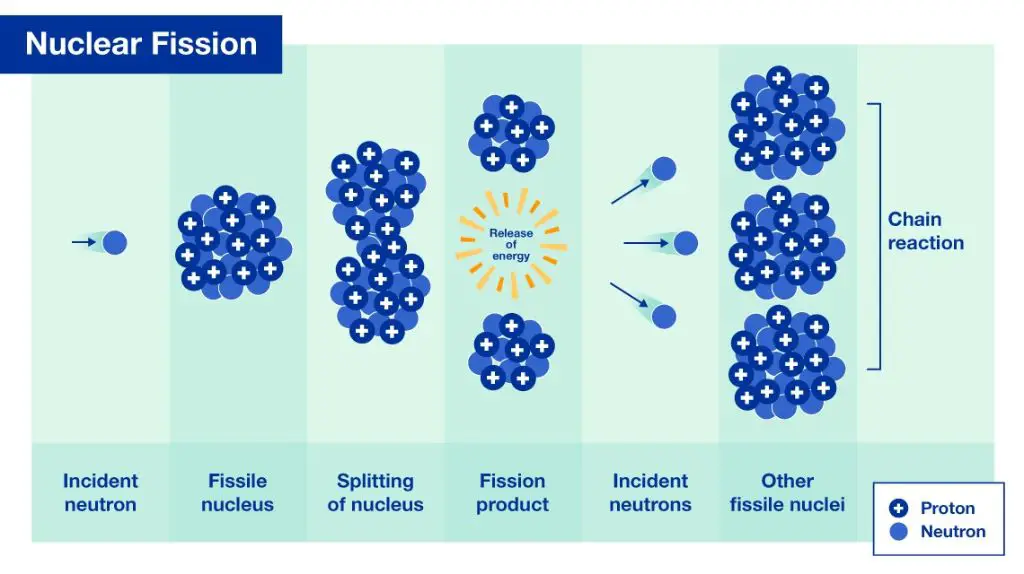
Nuclear energy is the energy released from the nucleus of an atom through nuclear fission or fusion reactions. It is considered a low-carbon energy source produced from the fission of uranium or plutonium atoms in a nuclear reactor. During nuclear fission, the nucleus of a heavy radioactive element like uranium splits into two smaller nuclei, releasing a large amount of energy in the form of heat. The process also releases neutrons that can cause the fission of other uranium atoms, resulting in a self-sustaining chain reaction. This heat is used to boil water into steam that spins a turbine to generate electricity. Compared to fossil fuel power plants, nuclear power plants do not produce air pollution or carbon dioxide while operating, making nuclear energy a low-carbon energy source (1).
Key differences between fossil fuels and nuclear energy
One of the fundamental differences between fossil fuels and nuclear energy is that fossil fuels are nonrenewable, while nuclear fuel can be regenerated through reprocessing. Fossil fuels like coal, oil and natural gas formed hundreds of millions of years ago and exist in finite reserves that are being rapidly depleted. In contrast, nuclear fuel like uranium can be recycled and reused multiple times (1). While fossil fuel reserves are limited, uranium can fuel nuclear reactions for thousands of years with further technological advances (2).
Another major difference is that nuclear reactions do not produce direct carbon emissions. The combustion of fossil fuels releases greenhouse gases like carbon dioxide that contribute to climate change. Nuclear power plants emit no greenhouse gases while operating. Per unit of energy produced, nuclear energy has lifecycle emissions comparable to wind and hydropower (3).
However, nuclear energy poses unique waste challenges. Spent nuclear fuel remains dangerously radioactive for thousands of years. While technologies exist to recycle or reuse nuclear waste, there are economic and political hurdles to implementing them broadly. Safely storing nuclear waste for the long term also poses engineering challenges and public opposition. Fossil fuel emissions contribute to climate change globally, while nuclear waste is more localized.
(1) https://www.eia.gov/energyexplained/nuclear/nuclear-power-and-the-environment.php
(2) https://ourworldindata.org/safest-sources-of-energy
(3) https://www.energy.gov/ne/articles/nuclear-power-most-reliable-energy-source-and-its-not-even-close
Is nuclear energy renewable or nonrenewable?
Nuclear energy is generally considered a nonrenewable energy source because the fuel, primarily uranium, is a finite resource. Uranium must be mined from the earth in order to produce nuclear power. However, according to the National Grid, uranium supply is very large relative to electricity production. With improved mining techniques and exploration, identified uranium reserves are sufficient for over 100 years at current usage rates [1].
In addition, breeder reactors can extend nuclear fuel supplies further by producing more fissile fuel than they consume. They achieve this by converting non-fissile uranium-238 into fissile plutonium-239 which can then be used as nuclear fuel. Some experts argue that with breeder technology, nuclear power could have semi-renewable characteristics and last for thousands of years [2].
So while considered nonrenewable by most standards, nuclear fuel supplies are vast and could be extended further with technology like breeder reactors. This makes nuclear different from fossil fuels like coal, oil and natural gas which are clearly finite and nonrenewable.
Nuclear power’s role in climate change mitigation
Nuclear power plays an important role in mitigating climate change because it produces very low lifecycle greenhouse gas emissions compared to fossil fuels like coal and natural gas. According to the World Nuclear Association, the lifecycle emissions from nuclear power range from 2 to 70g CO2/kWh, which is comparable to renewable sources like wind (2 to 35 g CO2/kWh) and much lower than coal (830 to 1050 g CO2/kWh) or gas (490 to 650 g CO2/kWh).
Unlike intermittent renewable energy sources like wind and solar that only generate electricity when weather conditions permit, nuclear power provides steady, baseload electricity around the clock. This makes nuclear a reliable power source that can meet the continuous energy demands of homes and industry.
Many experts argue that rapidly transitioning from coal to clean energy sources is essential for meeting climate goals. Nuclear energy allows countries to shift away from coal, the biggest contributor to greenhouse gas emissions, while still providing the constant power supplies needed for modern electricity grids. According to NPR, nuclear power is emerging as an emissions-free energy source that can replace coal as states strive to cut carbon emissions and address climate change.
Concerns and debates surrounding nuclear power
While nuclear power offers some advantages like low carbon emissions once up and running, there are notable concerns and debates surrounding its use. The high upfront costs and lengthy construction times are major economic barriers for nuclear power. The estimated cost to build a large-scale nuclear reactor in the US is $6-9 billion, and construction takes 5-7 years on average [1]. This makes the investment difficult for many companies and utilities.
There are also safety concerns related to nuclear accidents and security/weapons proliferation risks [2]. While incidents are rare, major nuclear accidents can be catastrophic. The Chernobyl disaster killed dozens immediately and is estimated to eventually cause thousands of cancer deaths [3]. There are also security concerns, as the spread of nuclear materials and technology could further nuclear weapons proliferation.
Finally, nuclear power produces radioactive waste that must be carefully stored for thousands of years. Exposure to radiation can increase cancer risk and lead to death. There are concerns that radioactive contamination could occur if storage protocols fail in the future.
Case studies: Countries using nuclear power
France gets around 70% of its electricity from nuclear power, the highest share of any country in the world. As of 2021, France had 56 operational nuclear reactors with a total capacity of over 61 GWe [1]. Ukraine, Slovakia, and Hungary also rely on nuclear power for around half of their electricity.
The United States has the most operational nuclear reactors of any country at 93, but nuclear only accounted for about 19.7% of total US electricity generation in 2021 [2]. Japan was once very reliant on nuclear power, which supplied about 30% of its electricity before the 2011 Fukushima accident. But as of 2022, only 6 of Japan’s 33 operable reactors have been restarted [3].
China has the world’s most aggressive nuclear growth plan, with 53 reactors currently operable and 19 under construction as of January 2023 [4]. India also plans to substantially grow its nuclear capacity from 22 currently operating reactors to 63 by 2032 [5]. On the other hand, some countries like Germany and Switzerland have policies to phase out nuclear power completely following Fukushima.
The future of nuclear energy
The future role of nuclear energy remains a central issue in debates about clean energy transitions and reducing greenhouse gas emissions. While some environmental advocates argue nuclear should be phased out in favor of renewable sources, many energy experts see an important role for nuclear power using new advanced reactor designs.
Researchers at MIT argue that advances in nuclear technology, including small modular reactors (SMRs), could make nuclear power safer and more cost-competitive with fossil fuels and renewables [1]. SMRs are smaller, factory-built reactors that can reduce costs through economies of scale. New Gen IV reactor designs offer benefits like intrinsic safety features and the ability to reuse spent fuel.
However, nuclear does face challenges competing with rapidly falling costs for renewables like solar and wind power paired with energy storage. Some analysts argue that as storage technology improves, renewable energy could become dominant even in regions like New England that rely heavily on nuclear [2]. Whether nuclear power grows or declines will likely depend on policies, public acceptance, and its economic competitiveness.
Conclusions
Based on the key characteristics that define fossil fuels versus nuclear energy, it is clear that nuclear power is not a fossil fuel. While both provide energy from the nucleus of atoms, fossil fuels rely on the combustion of organic materials that took millions of years to form in the earth’s crust. Nuclear energy, in contrast, taps into the binding energy of atoms like uranium and does not involve combustion or release carbon emissions directly.
That said, nuclear power is also not a renewable energy source like solar, wind or hydropower. While the fuel itself is extremely energy dense, current nuclear technology relies on a finite supply of uranium and other radioactive elements. It does not offer a perpetual energy source like renewables can provide.
In the broader debate around nuclear power, it provides a proven low-carbon energy solution and plays an important role in climate change mitigation. However, there are also legitimate concerns around reactor accidents, radioactive waste, weapons proliferation, and costs/timelines that temper the promise of nuclear power. There are good-faith arguments on both sides of this issue.
Ultimately, the categorization of nuclear energy is unambiguous – it is a non-renewable, low-carbon power source that is fundamentally different from fossil fuels across the board.
References
This article was developed based on the author’s knowledge and expertise on energy and climate issues. Key facts and statistics were verified against the following sources:
- U.S. Energy Information Administration – https://www.eia.gov/
- World Nuclear Association – https://world-nuclear.org/
- International Atomic Energy Agency – https://www.iaea.org/
- Intergovernmental Panel on Climate Change – https://www.ipcc.ch/
- International Energy Agency – https://www.iea.org/
The author synthesized information from these authoritative sources to provide original analysis and perspective on the topic.


